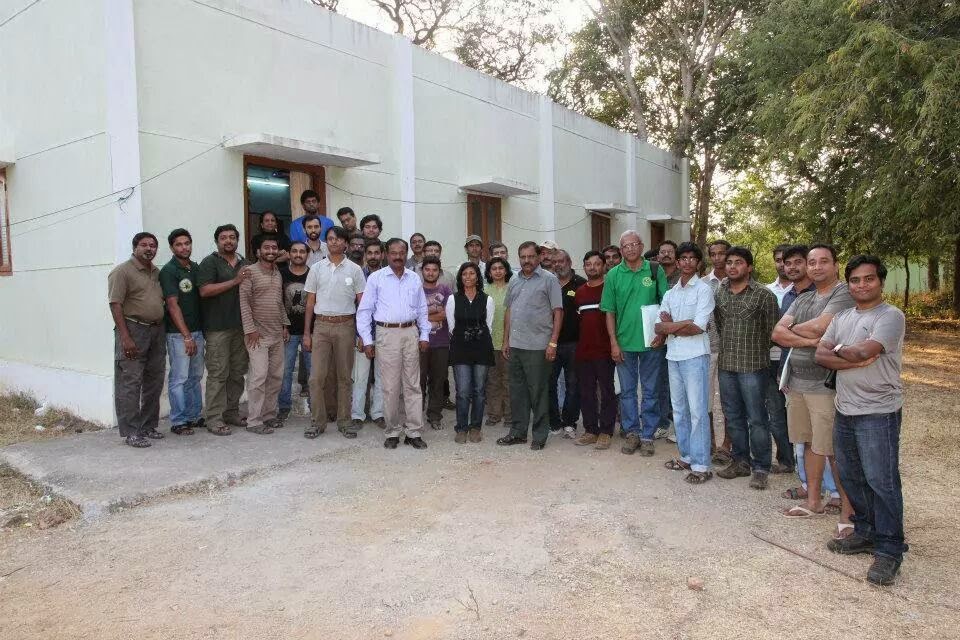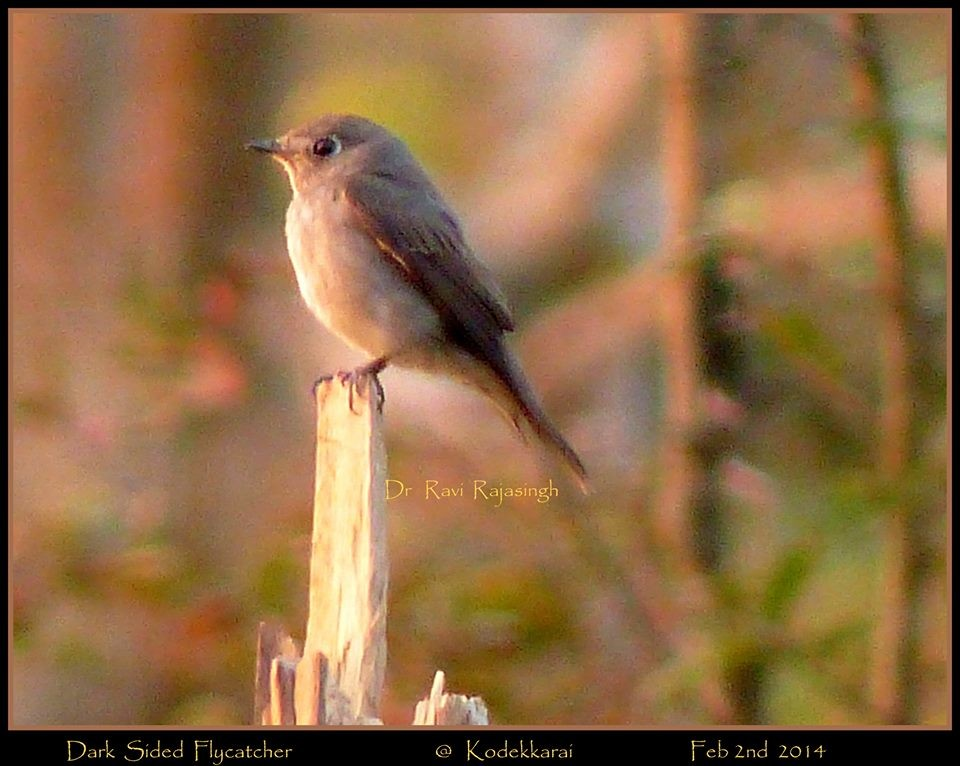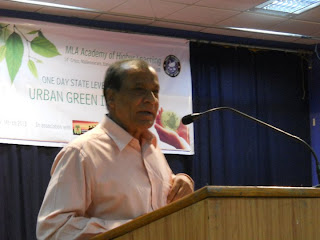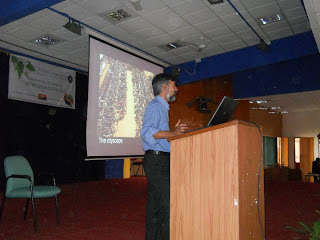Camera Trapping Trip Report – Tholuvabetta
Date: 4th July 2015
Location: Tholuvabetta, Kempereddy (?) Kere
KANS Volunteers: A. Prem Kumar, Girish Gopalarao, Rahul Gaur, Abhi
FD: Forester Munirajulu, Forester Kathiravan, FG Arumugam
Spot: Bank of a water hole
Signs found: Hoof marks of Gaur, deer and elephants, scrape marks by elephants on trees around the water hole
Local hearsay reports: hyena, sloth bear
Narration:
Rahul Gaur, in spite of having missed the fork to TVS factory and having proceeded towards Anekal before he realized he was on the wrong road, was the first to reach on his Duke at the agreed meeting point of the volunteers – the quintessential Koot road junction. Girish and Abhi came in their Maruti Swift and joined Rahul shortly and they had their breakfast.
Meantime Prem, filled up The Ratel’s tank and joined the rest of the party a bit later.
After a light breakfast at Ramakrishna lunch home, all KANS members went to the field office to pick up the CT and park the extra vehicles.
The volunteers proceeded onwards to the FRO, Denkanikotta. They met Ranger Munisamy and after a brief discussion on various locations decided to setup the CT at Tholuvabetta. The Ranger showed some earlier pictures of the place which did indeed looked promising.
He assigned two Foresters, Munirajulu of Denkanikotta Town and Kathiravan of Tholuvabetta, to accompany the volunteers.
After a brief wait for Forester Kathiravan to get ready, the convoy consisting of an anti depredation vehicle of the FD and The Ratel proceeded towards Melur. The Foresters had a stopover for breakfast on the way, just outside the town. At Melur more FD staff, both uninformed and plainsclothes joined the Foresters on some FD business. There were some incomprehensible heated arguments but eventually the convoy proceeded into the forest only to stop a short distance from the gate at the fork of Gullatty road.
A large number of villagers were seen cleaning the grasses growing on the ditches by the side of the dirt road. There was a vehicle belonging to the state govt dept providing medical care to tribals parked on the Gullatty road. Forester Kathiravan asked the villagers to stop working and had a heated conversation over the phone with some other dept person about sending people into the RF without prior permission. Only after the villagers all made a move towards the gate did the convoy proceeded further.
The convoy crossed two villages and parked at the end of the second village. Here the Foresters recruited some villagers to accompany the group and everybody proceeded towards the water hole after a brief discussion on the best approach. The villagers took the group through their village and fields beyond which the forests began.
A senior villager lamented at the thick bushes of lantana that had grown in the last few decades. The thorny bushes were all along the jungle trail. He recounted with lament how during his father’s time these were meadows where the villagers would graze they’re cattle.
After a gentle trek of 1.7 KM the group reached the destination and started noting the signs of animal activities. Fresh elephant, gaur and deer hoof marks were found as well as elephant scrape marks on trees that seemed old and well worn, indicating that these trees were frequently used by the elephants for scraping mud off their backs.
KANS volunteers scouted around the water hole for a suitable perch for the CT with a promising vantage point. Finally a small tree was chosen on the bank which stood between two approach trails to the water.
A villager climbed the tree to secure the CT at a height and small stones were placed between the CT and the tree trunk to angle the CT downward such that the animals entering the water on either trail could be captured.
The group returned after surveying a nearby well that serves an old Maramma temple and promises by Forester Munirajulu to take care of a day’s worth of food for all the villagers who volunteer to clean the well. The villagers also requested cementing the floor in front of the stones representing the goddesses but the Forester denied permission staying that this was beyond his grade and that the villagers would have to request the DFO.
KANS volunteers split at the village and proceeded back by themselves. A hearty lunch of was had at Hotel Padmavathi at Koot road junction post which the volunteers went to KANS field office to get their vehicles. The volunteers split from there towards their homes.
The Ratel again had a filling drink on the way back.
Continue reading “Relaunching camera trapping, call for volunteers”




















